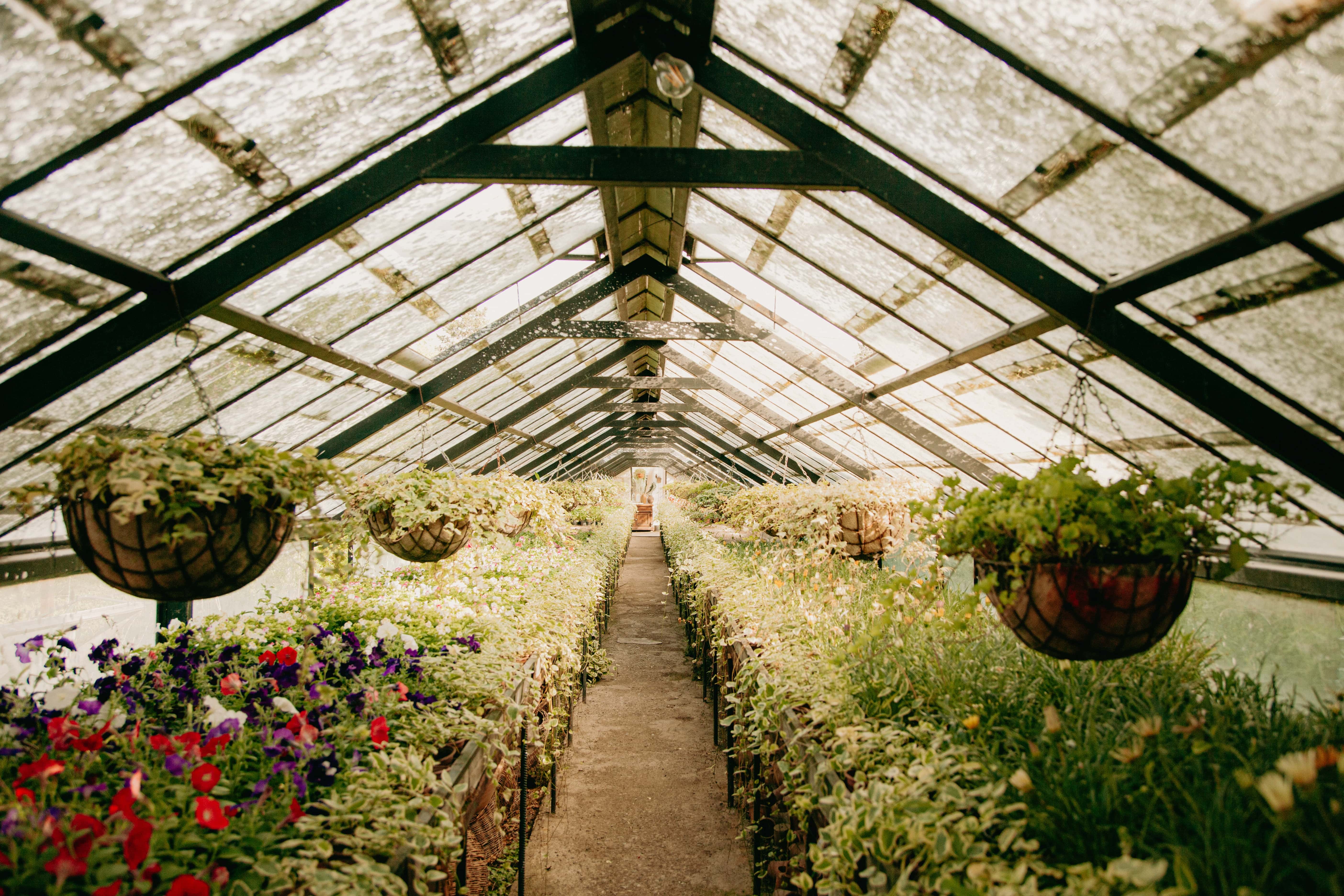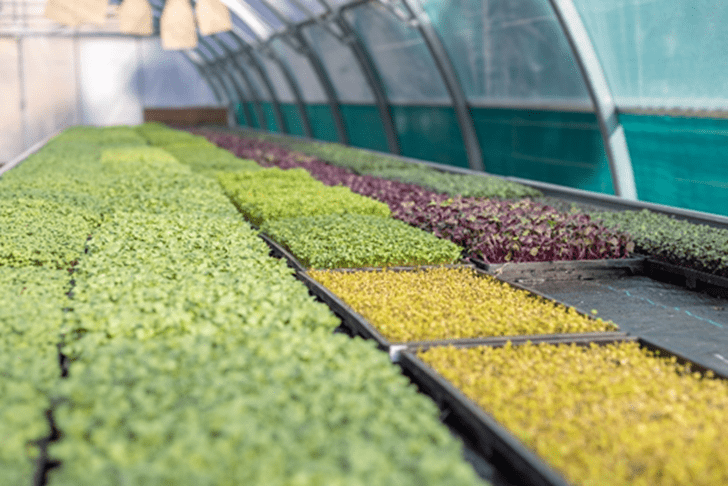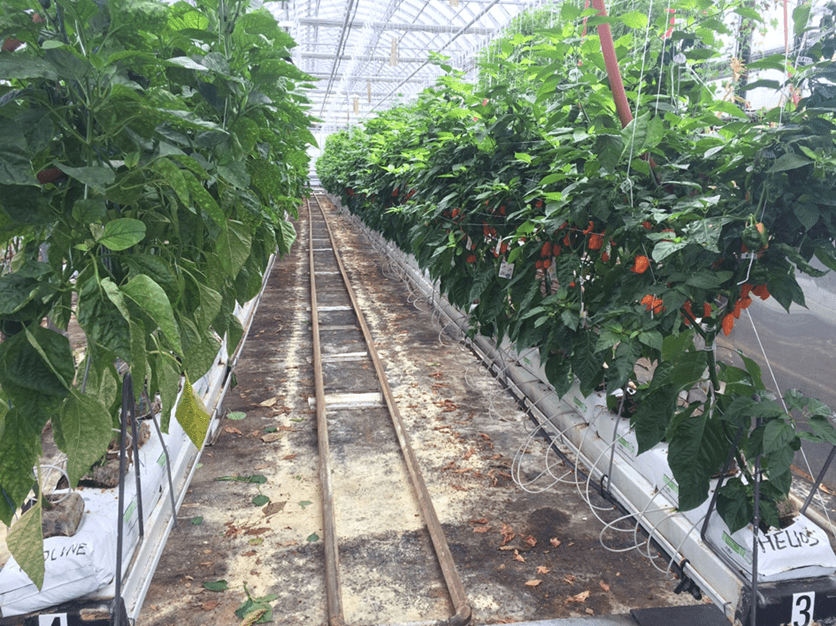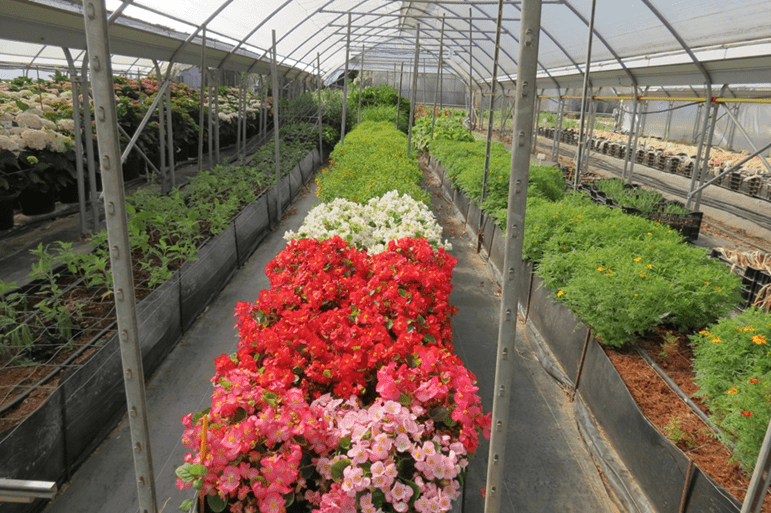Which plants to choose for urban rooftop greenhouses?

This post is also available in:
This post is also available in:
![]() Español (Spanish)
Español (Spanish) ![]() Français (French)
Français (French) ![]() Deutsch (German)
Deutsch (German) ![]() हिन्दी (Hindi)
हिन्दी (Hindi) ![]() العربية (Arabic)
العربية (Arabic) ![]() Türkçe (Turkish)
Türkçe (Turkish) ![]() 简体中文 (Chinese (Simplified))
简体中文 (Chinese (Simplified)) ![]() Português (Portuguese (Brazil))
Português (Portuguese (Brazil))
By Guillaume Morel-Chevillet, ASTREDHOR Partner of the Interreg NEW GROOF project
This article summarizes these exchanges to define the best culture according to the ambitions and techniques deployed within the rooftop greenhouse project. The GROOF website also offers explanations of growing systems: www.urbanfarminggreenhouse.eu/management-and-farming–systems
Plants grown in an urban context must meet several standard criteria, such as the freshness of the product, the originality of peri-urban producers, or the taste quality. But the most important thing remains the match between the plants produced and the target clientele.
Among the ranges of plants ideal for rooftop greenhouses, here are some proposals that come from our analysis:
- Microgreens: grown from seed, with a very early harvesting time (between one and two weeks of cultivation) when two or three levels of leaves have grown. This range is particular to the European restaurant market, but growers can also target a private clientele. It offers excellent originality compared to conventional agricultural products. Microgreens require very high freshness and must therefore be marketed quickly after harvest, which matches well with intra-urban production. These plants offer real added taste with, for example, sunflowers, peas, arugula, or basil. For the producer, the yields, and high selling prices are significant economic opportunities.

Microgreens production by Le Paysan Urbain at Marseille. Credits G. Morel-Chevillet ASTREDHOR
- Aromatics: like microgreens, this range of plants requires perfect freshness. The technical production systems make it possible to obtain good yields for the production of fresh leaves: basil, dill, etc. These ranges can also target urban populations with specific culinary practices: coriander or mint for people originating from the Maghreb, lemongrass or Chinese mustard for populations originating from Asia, etc.
- Vegetables: Often grown from young plants, vegetables are the stars of urban agriculture. Regarding production in rooftop greenhouses, differentiating products is the key to success. Small-sized vegetables harvested before their term (micro-zucchini, small peppers, etc.) are a first strategy for originality. The color, such as Pineapple or Black Crimean tomatoes, can also be different. Gustatory originality and exceptional vegetables are also innovative and differentiating axes for urban farmers with, for example, Kiwano or kale

Peppers production in Lufa Farms at Montréal – Credit G.Morel-Chevillet ASTREDHOR
- Edible flowers: much sought after by chefs, they constitute a market in their own right for urban farmers. In rooftop greenhouses, we can also produce edible flowers. We can use mother plants as a source. These mother plants may come from substrate containers or hydroponics. The ranges are vast, and there are still original plants to test. The violet, sage, borage, or marigold remains the most conventionally cultivated.

Edible flowers at ASTREDHOR station – Credit G.Morel-Chevillet ASTREDHOR
- Plants for pharmaceutical, tinctorial or cosmetic purposes: This range of plants can perfectly meet urban needs by targeting a specific clientele, particularly manufacturers. Even if the quality requirements can be discriminating, there are plants for which the rooftop greenhouses are well adapted, like the Madagascar periwinkle.
- Ornamental plants: City dwellers demand nature in the city (on balconies, terraces, small gardens), and garden centers are targets of interest for urban farmers. A potted plant production is a good option for targeting garden centers. These may be plants adapted to the outdoors and episodic watering conditions, and the Crassulaceae family is a good candidate. But there is also a market for indoor plants because local production is currently deficient there. The greenhouses on the roofs could eventually provide these plants to green the apartments.

Ornamental production at Desmartis nursery – Credits ASTREDHOR Sepale platform








































































